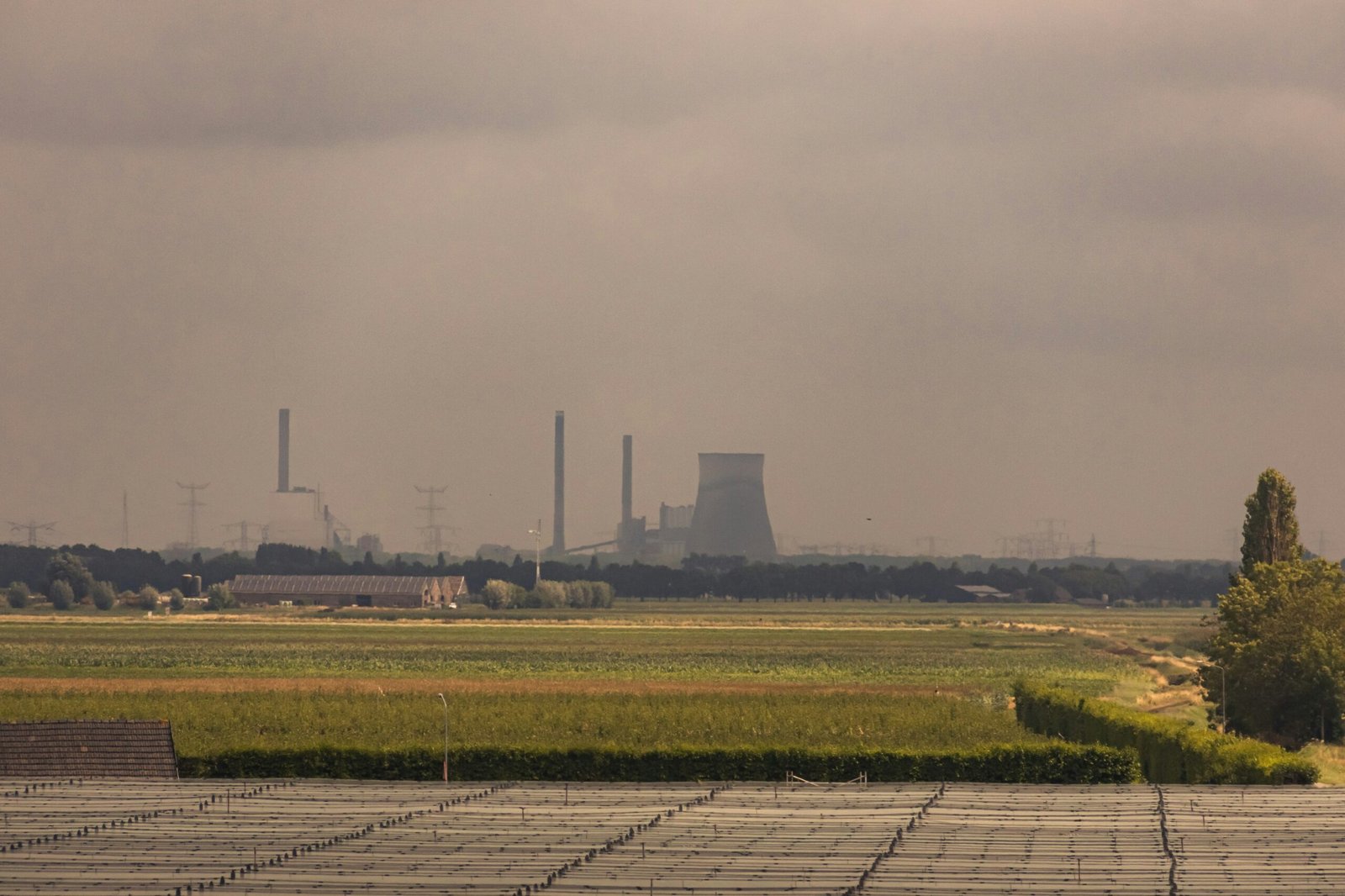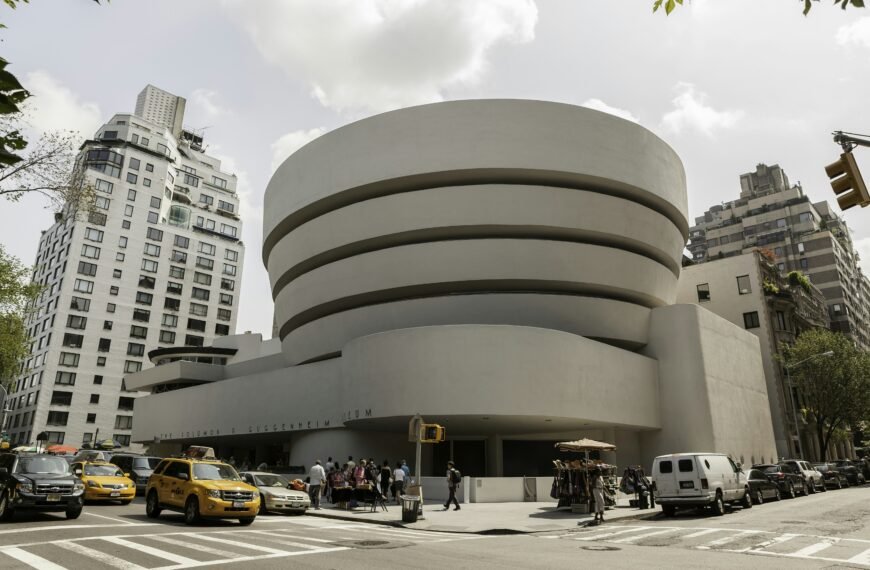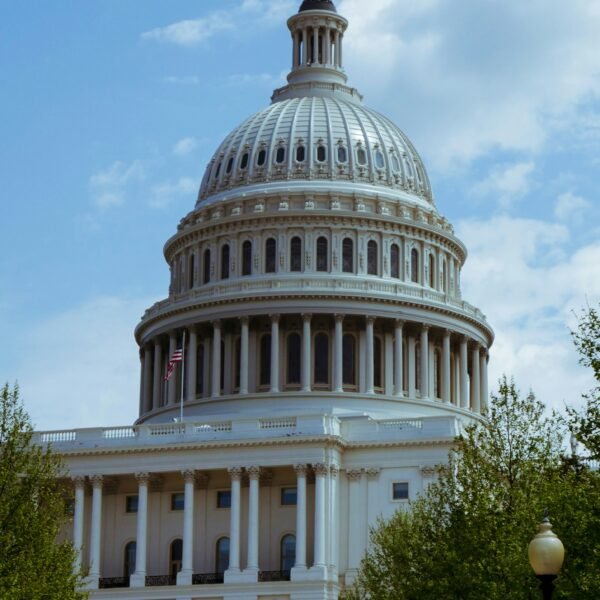Welcome to the San Francisco Jewish Museum, where art and dissent come together in a unique way. The museum’s California Jewish Open exhibition features a blank space left by curators to honor the perspectives of dissenting artists who withdrew their works from the show. Through this intentional act, visitors are encouraged to reflect on the ongoing struggle for dialogue and the role of institutions in amplifying dissenting voices. This thought-provoking display challenges traditional notions of art and invites you to consider the power of silence in the midst of controversy. Visit the museum and experience the impact of artistic expression in a new light.
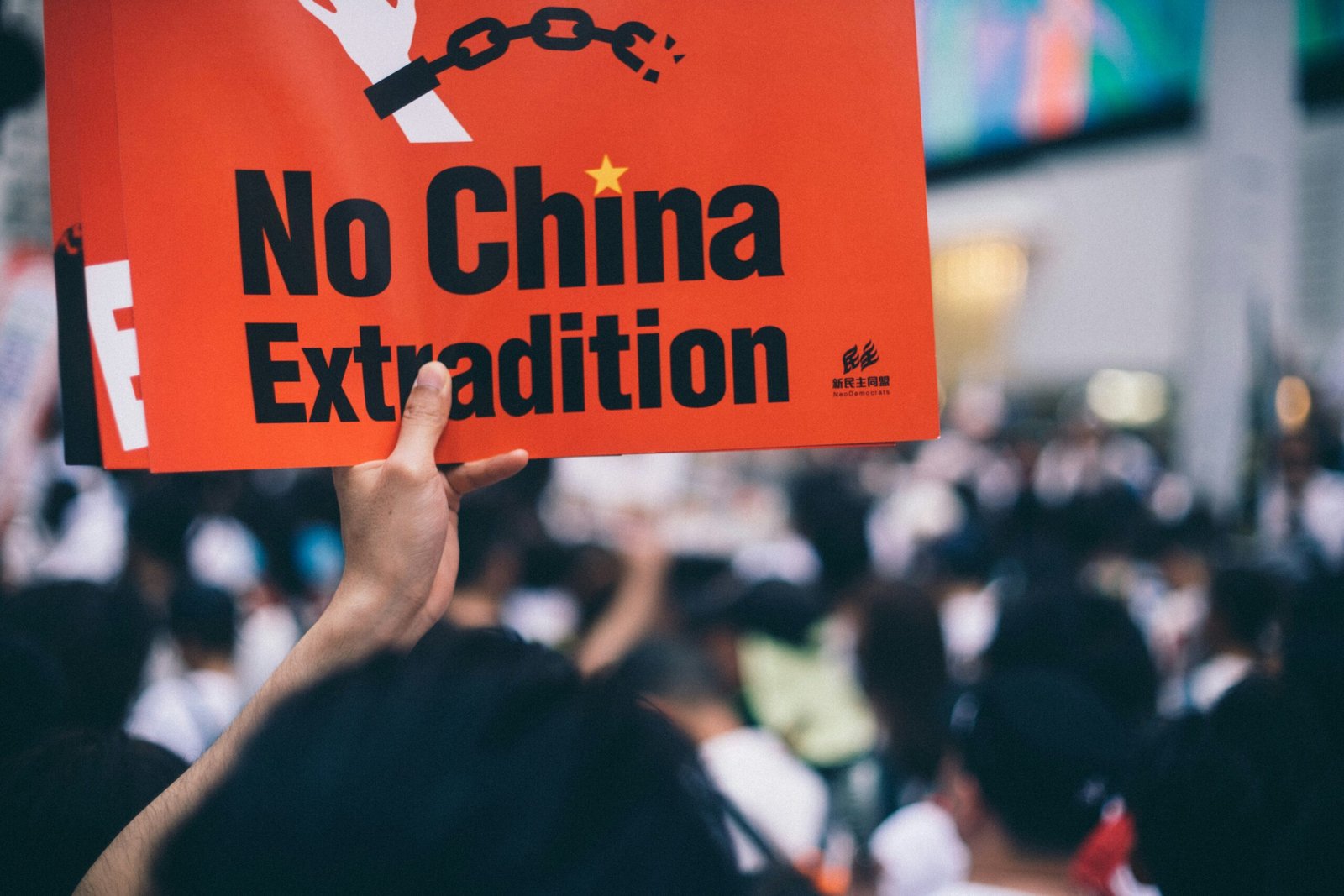
Have you Ever Wondered How Museums Handle Dissent from Artists?
Have you ever stopped to consider how museums handle dissent from artists? In a recent controversy at the San Francisco Jewish Museum, artists withdrew their works from an exhibition, prompting curators to leave blank spaces on the walls to honor their perspectives. This innovative approach raises questions about the role of institutions in showcasing dissent and balancing artistic expression with disagreement. Let’s delve deeper into this fascinating topic.
Understanding the California Jewish Open Exhibition
Before we explore the controversy surrounding the California Jewish Open Exhibition, it’s essential to understand the context in which it took place. The exhibition aimed to showcase artworks by Jewish-identifying artists in California under the theme of “connection.” With over 500 submissions, the exhibition featured a diverse range of perspectives on issues such as Israel, Palestine, and broader Jewish identity.
The Role of Politics in Art
Art has always been a powerful medium for expressing political views and sparking dialogue. In the California Jewish Open Exhibition, artists expressed a wide spectrum of political beliefs, from support for Israel to solidarity with Palestinians. The intersection of art and politics can be both enlightening and contentious, as seen in the withdrawal of works by seven artists due to disagreements with the museum.
Exploring the Artist-Museum Controversy
Let’s take a closer look at the controversy that unfolded between the artists and the museum. After the selection of artworks for the exhibition in February, seven artists decided to pull their works from the show in April. The reasons for their withdrawal included demands for control over their works’ presentation, divestment by the museum from companies doing business with Israel, and a boycott of Israel itself.
Artists’ Demands and Museum Response
The artists’ demands raised critical questions about artistic autonomy, institutional responsibility, and the role of museums in political discourse. By refusing to compromise on their principles, the artists took a bold stance against what they perceived as complicity in supporting Israel’s policies. In response, the museum decided to leave blank spaces on the walls where the withdrawn works would have been displayed, honoring the artists’ perspectives and sparking conversations about dissent in the art world.
Impact on Dialogue and Diversity of Voices
The decision to leave blank spaces in the exhibition had a profound impact on the dialogue surrounding the artworks and the artists’ dissent. By creating visible absences on the walls, the museum drew attention to the complexities of artistic expression and the challenges of showcasing diverse voices in a politically charged climate. The controversy sparked conversations about the limits of institutional support for dissenting artists and the need to balance artistic freedom with ethical considerations.
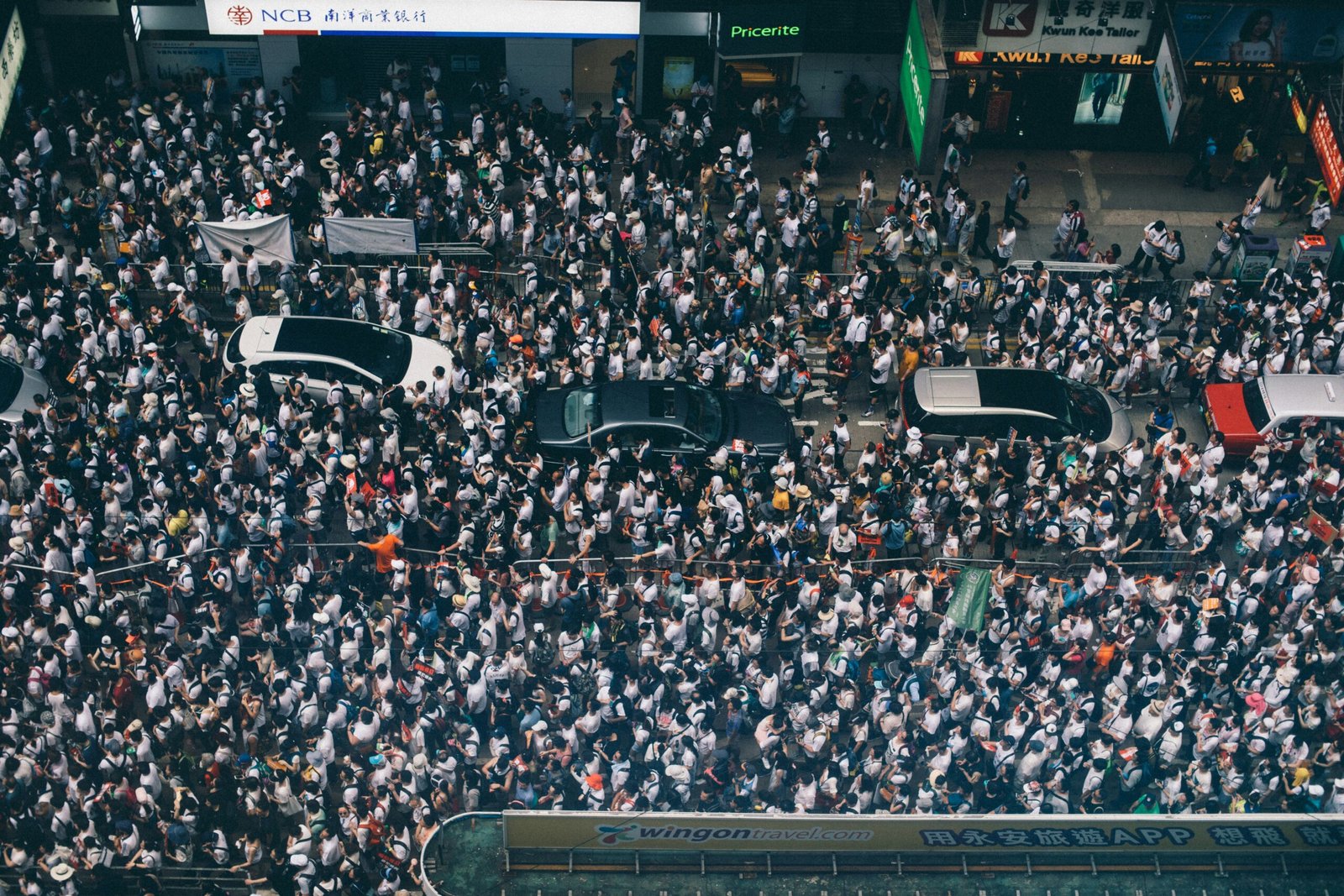
The Ethics of Artistic Dissent and Institutional Response
As we reflect on the events at the San Francisco Jewish Museum, it’s crucial to consider the ethical dimensions of artistic dissent and institutional response. The artists’ decision to withdraw their works was a bold act of protest against what they viewed as institutional complicity in supporting controversial policies. The museum’s response, leaving blank spaces to acknowledge the artists’ perspectives, raised questions about the limits of institutional support for dissenting voices and the role of museums in fostering dialogue and diversity.
Balancing Artistic Expression and Social Responsibility
Artists have a unique role in society as both creators and commentators on social and political issues. When artists choose to dissent from institutions, they face complex challenges in balancing artistic expression with social responsibility. The controversy at the San Francisco Jewish Museum highlighted the tensions between artistic autonomy and institutional accountability, prompting a reexamination of how museums navigate dissent and diversity of voices in their exhibitions.
Navigating Controversy in the Art World
Controversy is an inherent part of the art world, where creativity and expression often collide with political, social, and ethical considerations. The events at the San Francisco Jewish Museum underscored the complexities of navigating dissent and diversity in artistic spaces, challenging both artists and institutions to uphold principles of free expression while addressing contentious issues. As we continue to explore the intersections of art, politics, and activism, it’s essential to engage in dialogue, respect diverse viewpoints, and uphold the values of artistic freedom and social justice.
Conclusion
The controversy at the San Francisco Jewish Museum has brought to light important discussions about dissent, diversity, and dialogue in the art world. By leaving blank spaces in the exhibition to honor withdrawing artists’ perspectives, the museum has sparked conversations about the role of institutions in showcasing dissent and balancing artistic expression with social responsibility. As we continue to navigate the complexities of art, politics, and ethics, let’s strive to uphold the values of free expression, respect for diverse voices, and a commitment to fostering meaningful dialogue in the artistic community.
